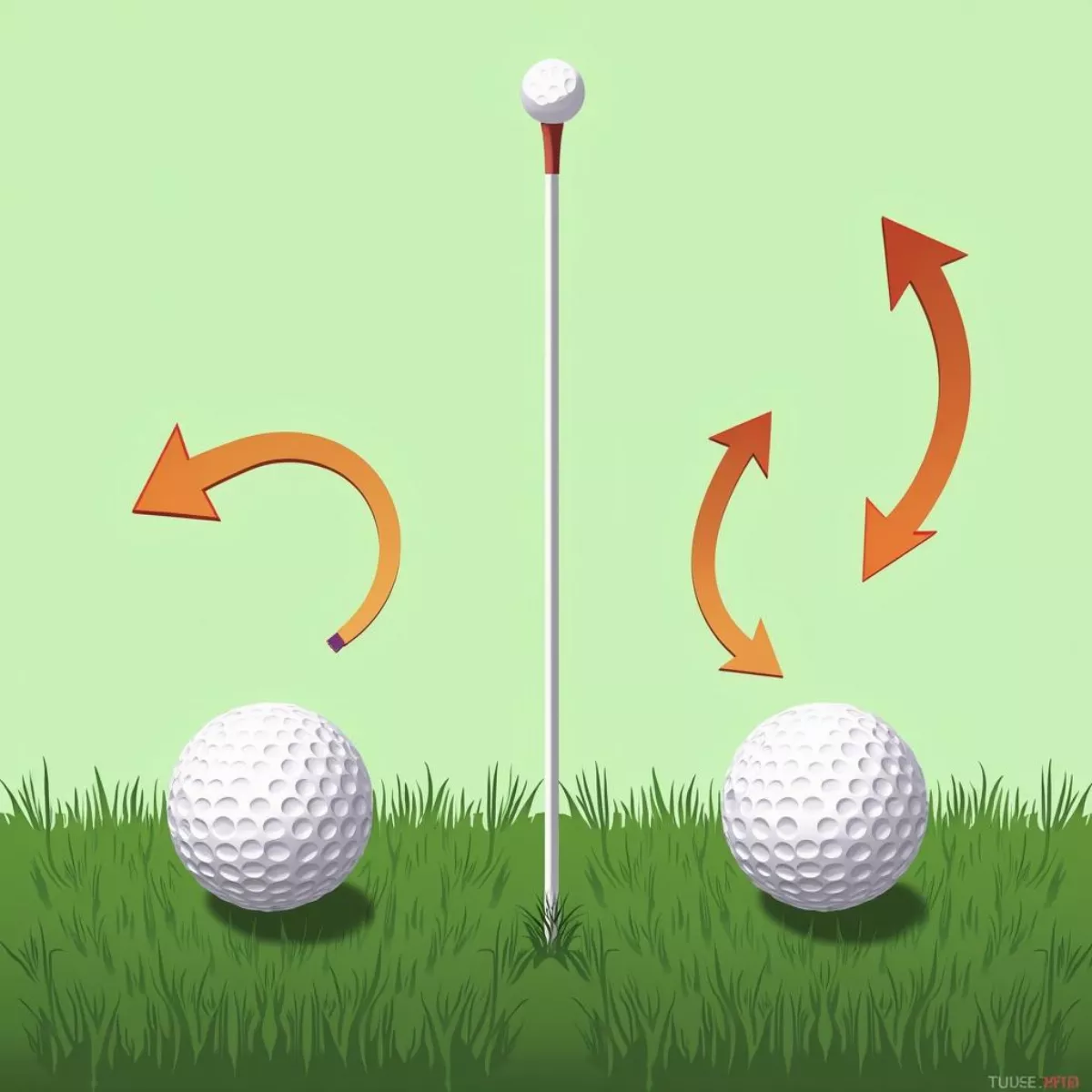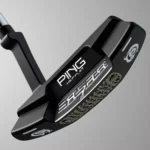Selecting the right golf club can feel overwhelming, especially for beginners. With so many options available, how do you know which club to use for a specific shot or distance? Fear not; this guide will demystify the process and offer practical tips to help you choose the perfect golf club every time.
Understanding Golf Club Types
Before diving into the selection process, let’s familiarize ourselves with the types of golf clubs commonly found in a golfer’s bag. There are three main categories of golf clubs:
- Woods – Used primarily for long-distance shots.
- Driver: Ideal for teeing off from the first hole.
- Fairway Woods: Used for longer shots from the fairway.
- Irons – Used for precision shots.
- Long Irons (2-4): Generally used for greater distances.
- Mid Irons (5-7): Versatile for mid-range distances.
- Short Irons (8-PW): Perfect for shorter, precise shots.
- Putters – Used on the greens for putting.
By understanding the purpose of each club type, you can make informed decisions based on your golfing needs.
 Golf club types illustration
Golf club types illustration
Factors to Consider When Selecting a Golf Club
When standing on the course, assessing the situation will help you determine which club to use. Here are some key factors to consider:
1. Distance to the Hole
Measuring distance to the hole is critical in selecting the right club. Here’s a quick breakdown of average distances for each club type:
| Golf Club | Average Distance (Yards) |
|---|---|
| Driver | 220-300 |
| 3 Wood | 180-240 |
| 5 Iron | 150-200 |
| 7 Iron | 130-160 |
| 9 Iron | 110-140 |
| Pitching Wedge | 80-110 |
| Sand Wedge | 60-90 |
| Putter | N/A |
Tip: Use a rangefinder or GPS device to quickly measure the distance from your ball to the hole.
2. Lie of the Ball
Lie refers to how the ball is positioned relative to the ground. Consider the following:
- If the ball is in the rough, you may need a club with more loft (like a sand wedge) to elevate the ball.
- If the ball is on the fairway, you might opt for an iron or fairway wood for a more controlled shot.
3. Wind Conditions
Wind can dramatically impact your shot. Here’s how to factor it into your decision:
- Headwind: Use a club with more loft to help the ball stay in the air longer.
- Tailwind: A lower lofted club (like a driver) may help the ball travel farther.
 Golf ball lie and wind influence
Golf ball lie and wind influence
4. Course Layout
Understanding the layout of the course influences your club choice. Consider:
- Obstacles: Are there trees or water hazards? A lower trajectory shot might be needed.
- Doglegs: You may need a shorter club to navigate a turn.
5. Your Skill Level
Your skill level plays an essential role in club selection. Beginners may benefit from using higher-lofted clubs, providing forgiveness on mis-hits. More advanced players might choose lower-lofted clubs for greater control.
6. Club Specifications
Familiarize yourself with the loft, lie angle, and shaft length of each club:
- Loft: The angle of the clubface affects the distance and height of your shot.
- Shaft Length: A longer shaft generally produces more distance but requires better control.
Practical Tips for Club Selection
Now that you understand the factors to consider, here are some practical tips to help you choose the right golf club:
- Practice Regularly: Familiarize yourself with the distances each club can achieve. Keep a record of your performance for better insights.
- Use the “Rule of 75”: If the distance to the hole is 150 yards and you’re using a 7 Iron (with an average distance of 150 yards), this could be a perfect choice.
- Don’t Overthink it: Trust your instincts. If you feel confident with a certain club for a particular shot, go with it!
- Ask for Advice: Don’t hesitate to consult with fellow golfers or a professional. Each experience can provide valuable insights.
 Golfer contemplating club choice
Golfer contemplating club choice
Key Takeaways
Choosing the right golf club doesn’t have to be complicated! Here’s a quick recap of the essential tips:
- Consider distance first: Know the average distances for each club.
- Assess the lie of the ball: Adjust your club choice based on where the ball is located.
- Account for wind conditions: Alter your club selection according to wind direction and strength.
- Factor in the course layout: Adopt relevancy to help navigate hazards and doglegs.
- Understand your skill level: Select clubs that suit your abilities whether you’re a beginner or advanced.
- Regular practice will bolster your understanding of club distances and effectiveness.
Frequently Asked Questions (FAQ)
1. What is the best club for beginners?
- A pitching wedge or 7 Iron is often a good start due to their forgiving nature.
2. How do I know which club to use for 150 yards?
- A 5 or 6 Iron might typically work for this distance, depending on your individual distance capabilities.
3. Are there tools that can help measure distances on the golf course?
- Absolutely! Consider using a rangefinder or GPS device to get accurate measurements on the course.
4. How important is it to match my clubs to my swing speed?
- It’s vital! Slower swing speeds benefit from more forgiving clubs, while faster swings might take advantage of lower lofted clubs.
5. Should I adjust my club choice based on the type of grass on the course?
- Yes! The type of grass can affect your shot. For example, Bermuda grass may yield different results compared to normal grass.
6. Can I use the same club for different shot types?
- Yes, creativity is crucial in golf. You can use clubs uniquely, depending on the skill level and the situation.
7. How frequently should I practice with each club?
- It’s advisable to practice regularly with all your clubs; this will help improve your overall distance control and accuracy.
8. What’s the difference between a regular and senior shaft?
- A senior shaft is more flexible, which can benefit golfers with a slower swing speed.
9. How can I further improve my club selection skills?
- Keeping a performance journal detailing specific clubs used in practice rounds can help identify which clubs work best for you.
10. Where can I learn more about improving my golfing skills?
- Websites like Golf Digest and PGA offer valuable tips and advice from experienced professionals.
 Happy golfer enjoying the game
Happy golfer enjoying the game
By understanding the dynamics behind choosing golf clubs and incorporating the above tips, you’ll be well-prepared to tackle any course challenge! Happy golfing!

